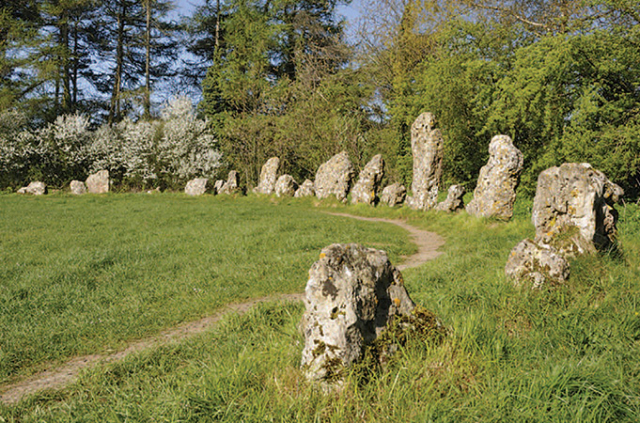Exploring the Rollright Stones as part of your Stone Age to Iron Age study
Primary History article

Just a pile of stones?
Those teaching the Stone Age to Iron Age will be aware that the range of sources can be seen as rather narrow largely because of the absence of written records. It often means resorting to artefacts and monuments. This article explores one stone site and how it can be used as an effective resource even though first impressions might suggest limited appeal and usage.
The Rollright Stones are located on the border between Oxfordshire and Warwickshire. The name ‘Rollright’ is believed to derive from the Old English ‘Hrolla-landrih’, the land or property of Hrolla. There are three ancient stone sites: the Whispering Knights (c.3800–3500 BCE), the King’s Men stone circle (c.2500 BCE) and the King Stone (c.1500 BCE). The National Curriculum for history asks pupils to note connections, contrasts and trends over time. When studying ‘Stone Age to Iron Age’, the timescales necessarily cover a long duration. The Rollright Stones are an excellent example of how one small setting was used by communities over a period lasting more than two thousand years. Unlike Stonehenge, where some of the stones are thought to have been transported from as far away as south Wales, all the limestone used for the Rollright Stones is thought to have been sourced locally...
This resource is FREE for Primary HA Members.
Non HA Members can get instant access for £2.49

